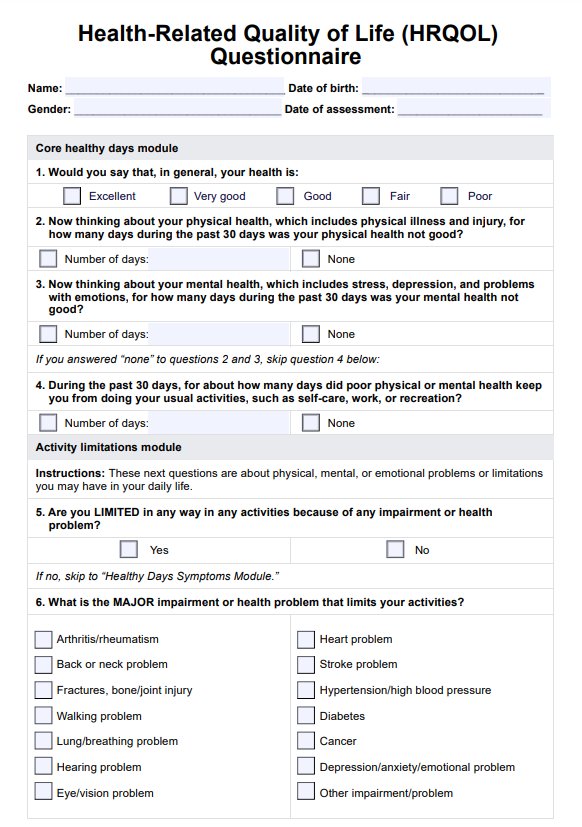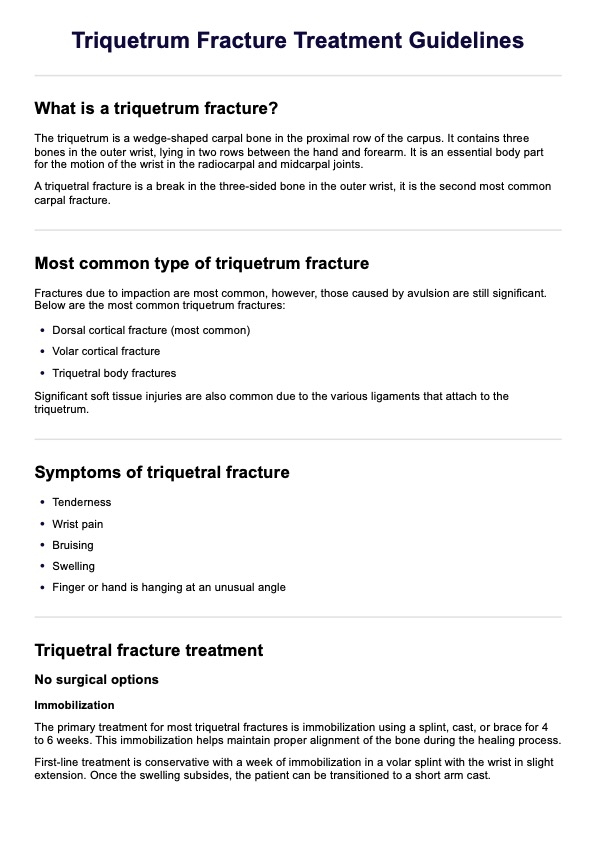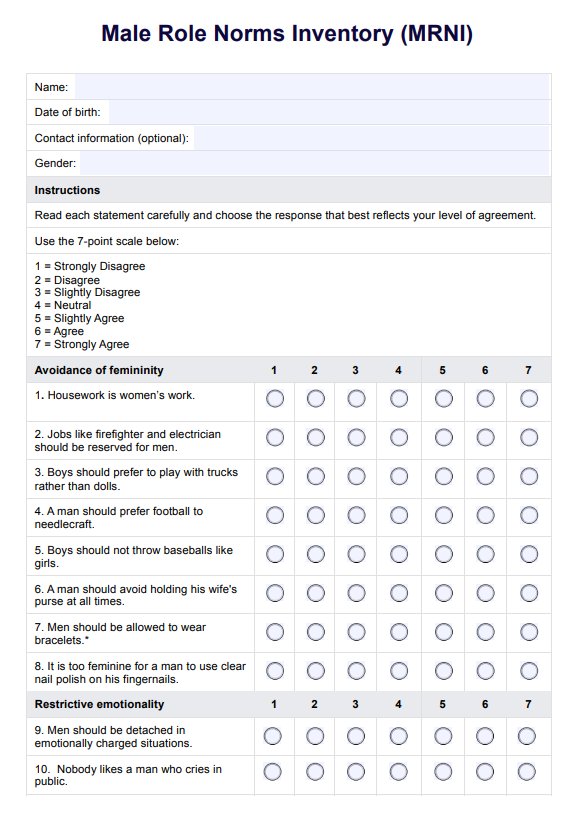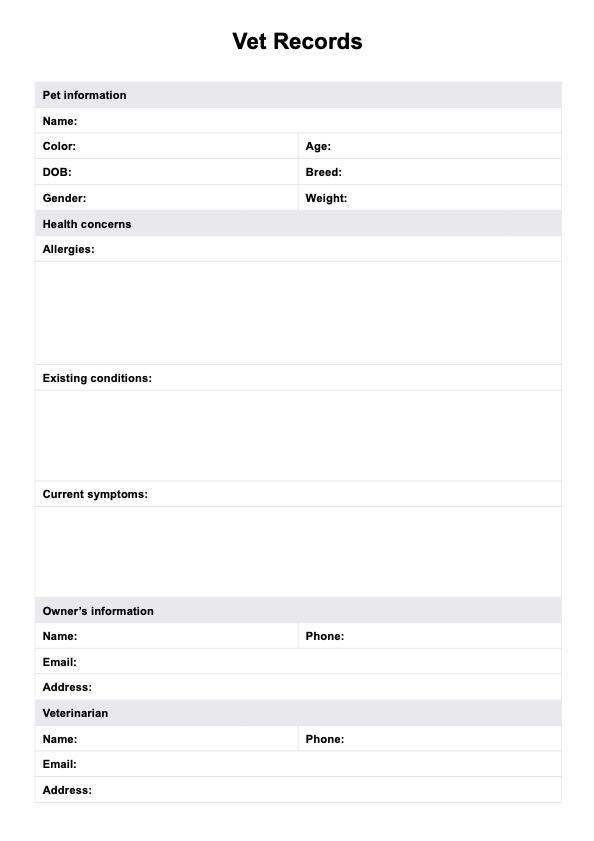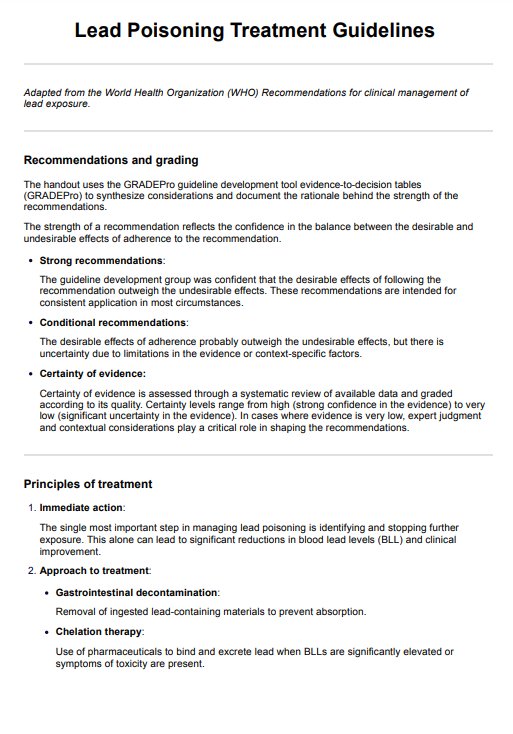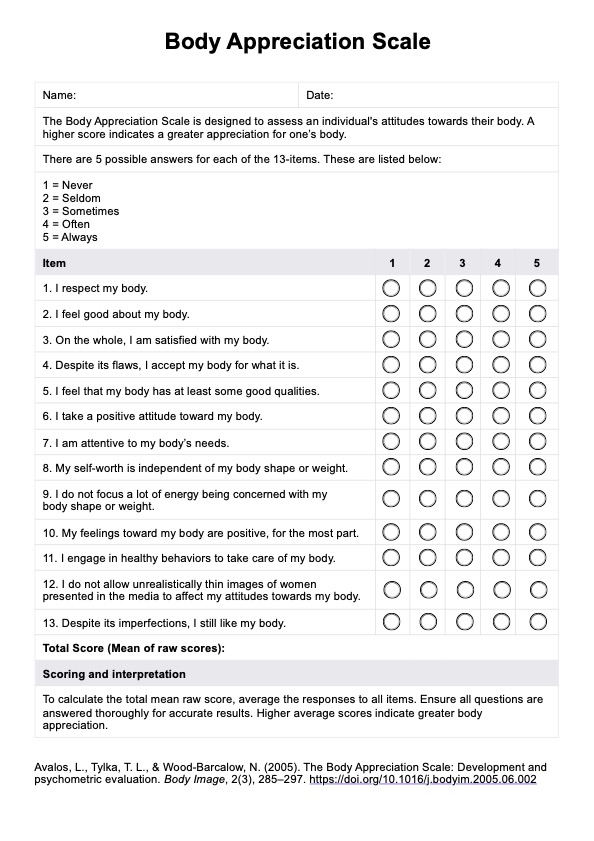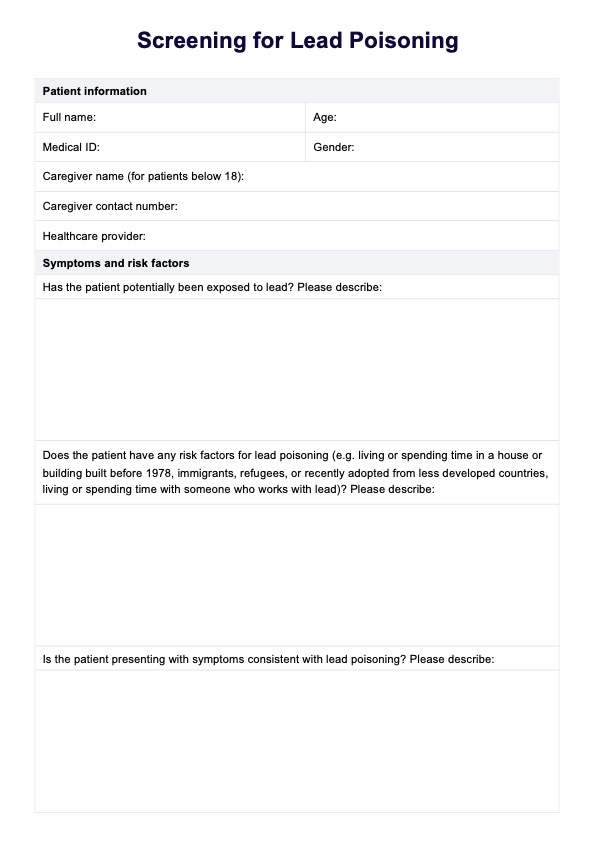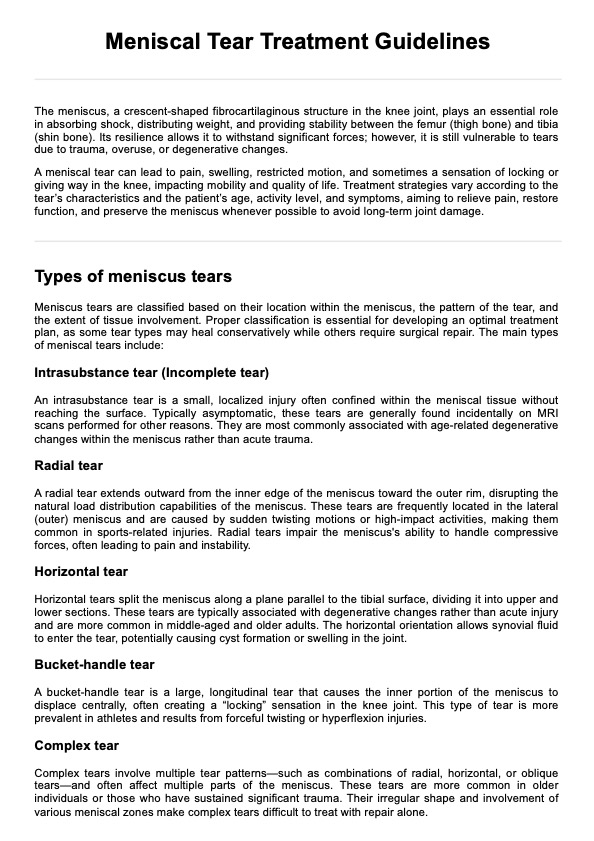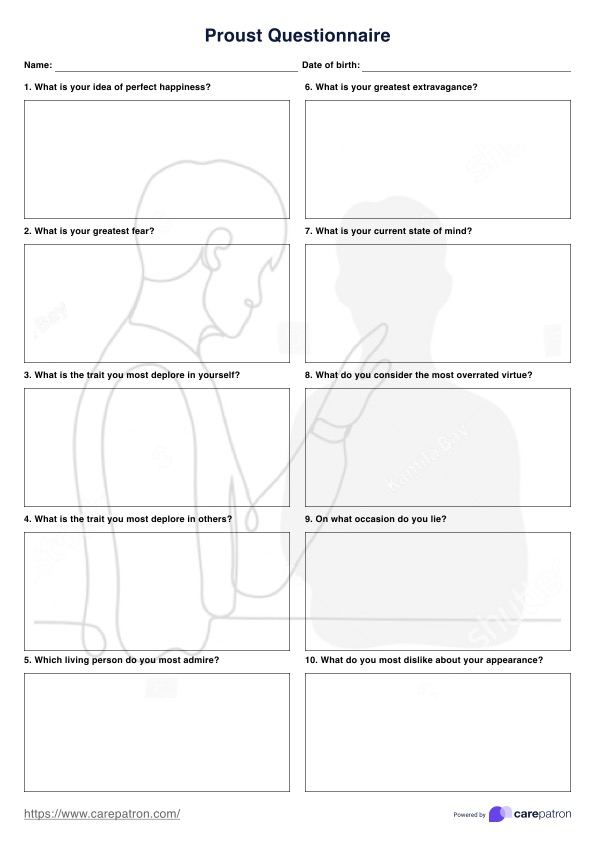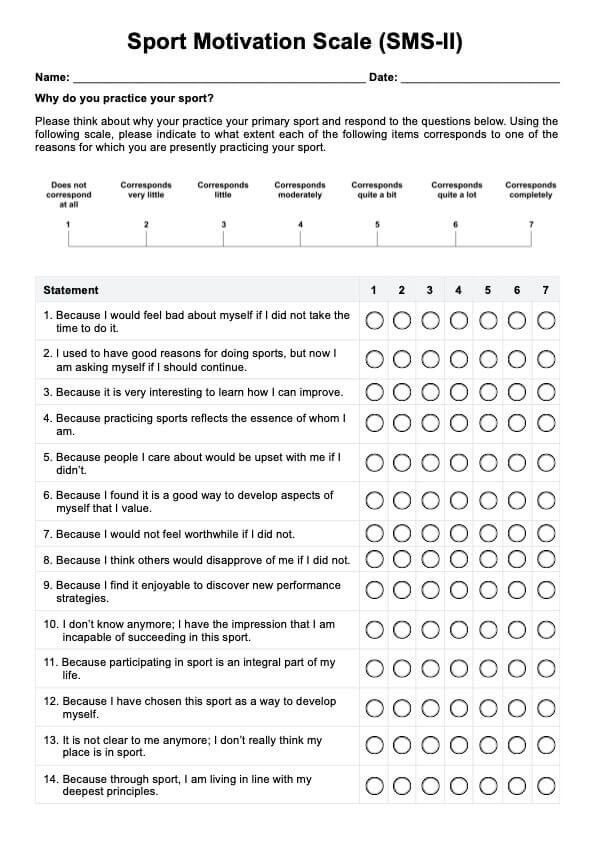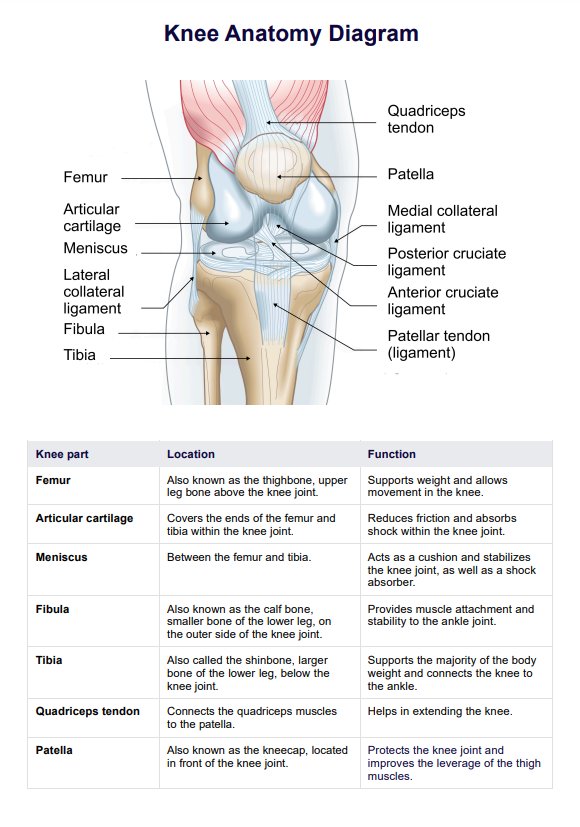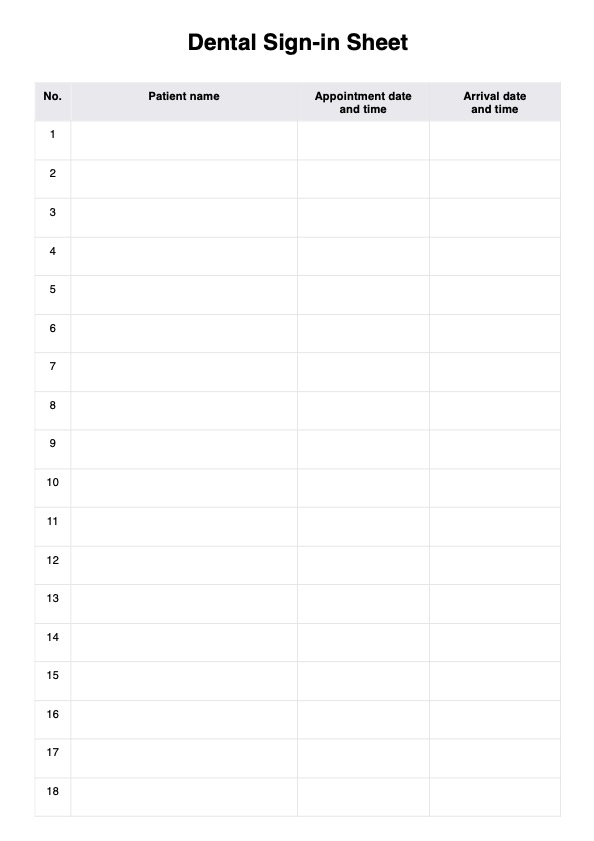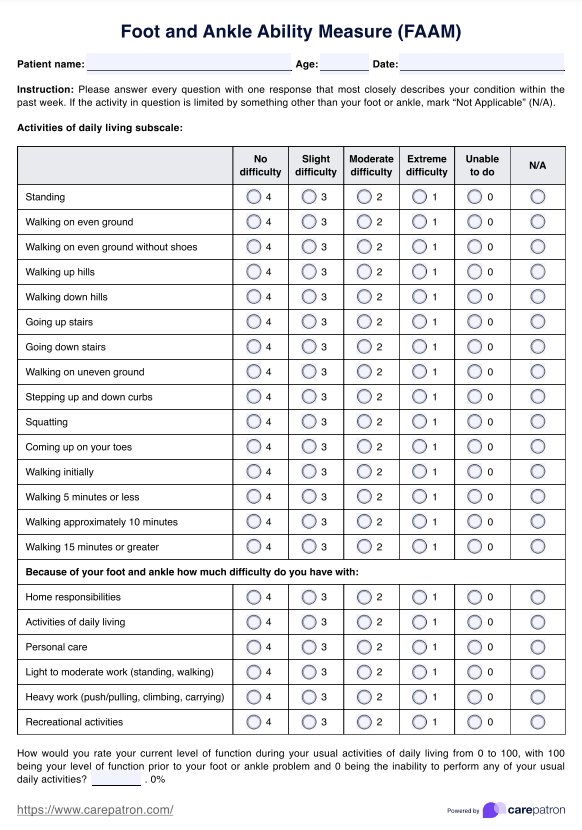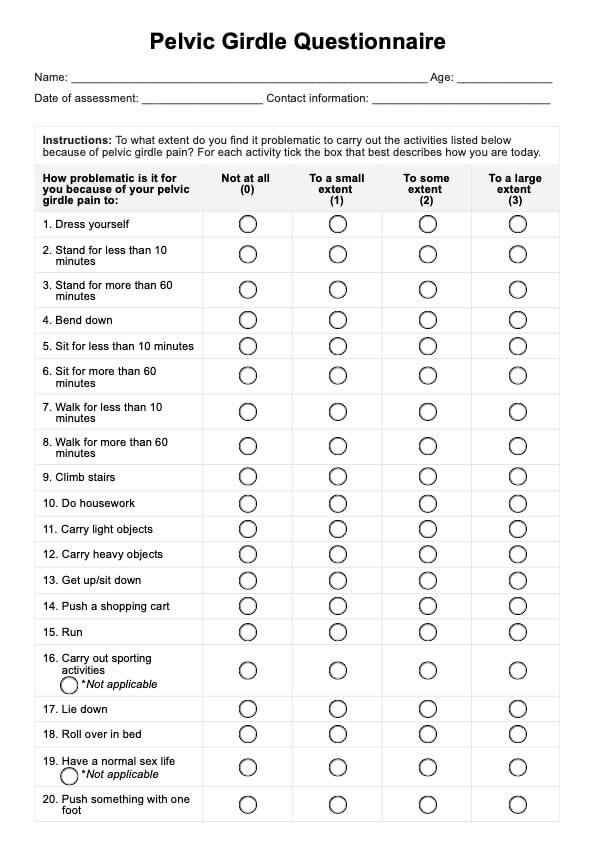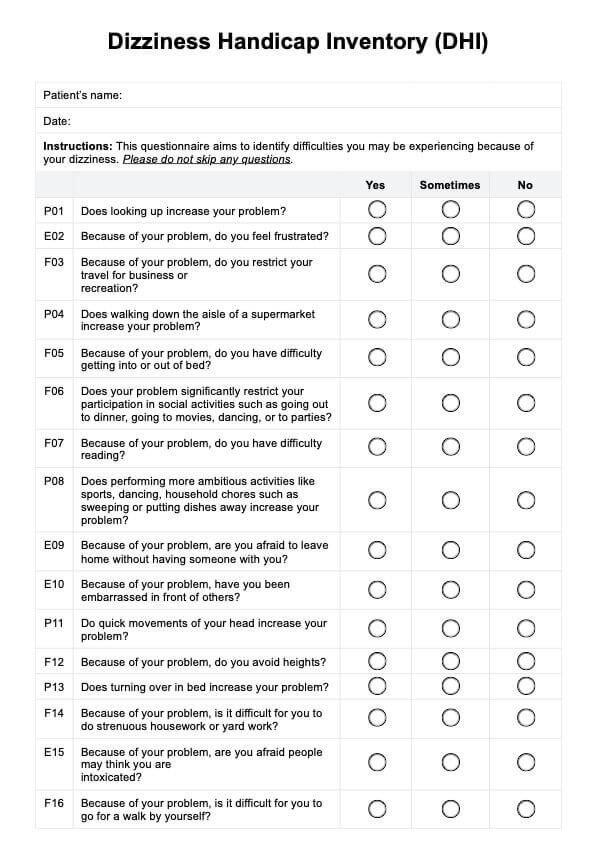Smoking Cessation Guidelines Handout
Discover guidelines for effective smoking cessation strategies. Enhance your practice with evidence-based methods by downloading our free Smoking Cessation Guidelines Handout today!


What are the goals of smoking cessation therapy?
According to the World Health Organization (2023), cigarette smoking is the leading preventable cause of death in the globally. Tobacco use significantly raises the risk of numerous acute and chronic diseases, including various forms of cancer. Smoking cessation therapy aims to help smokers overcome nicotine addiction and quit smoking by addressing both the physical dependence on nicotine and the behavioral and psychological aspects of smoking. Effective treatments can significantly increase the chances of quitting successfully compared to no treatment.
Quitting smoking reduces the risk of many adverse health effects, including poor reproductive outcomes, cardiovascular diseases, chronic obstructive pulmonary disease (COPD), and various cancers. This improvement in health can enhance the overall quality of life and potentially add as much as a decade to life expectancy. Smoking cessation therapy typically involves a combination of pharmacological and behavioral support.
FDA-approved medications such as nicotine replacement therapy, bupropion, and varenicline help manage nicotine withdrawal symptoms, while various forms of counseling, including individual, group, and telephone sessions, provide essential coping strategies and emotional support.
Smoking Cessation Guidelines Handout Template
Smoking Cessation Guidelines Handout Example
What are the strategies for smoking cessation?
Smoking cessation strategies encompass both nicotine replacement therapies (NRT) and non-nicotine medications. NRT options such as patches, mini lozenges, gum, nasal sprays, and inhalers provide varying methods to alleviate nicotine cravings and withdrawal symptoms. These therapies are tailored based on smoking habits and aim to gradually reduce nicotine dependence.
Non-nicotine medications like Varenicline (Chantix) and Bupropion (Wellbutrin) work differently by targeting brain receptors to diminish the desire for nicotine and ease withdrawal symptoms. Varenicline, for instance, is initiated a week before quitting smoking and can cause side effects like nausea and vivid dreams, while Bupropion may lead to insomnia and dry mouth.
Electronic cigarettes serve as an alternative when conventional methods prove ineffective, though they should be used cautiously and under medical guidance to ensure a structured cessation plan and mitigate health risks associated with dual use.
How to use our Smoking Cessation Guidelines handout template
Here's how you can effectively use the Smoking Cessation Guidelines to help patients choose and implement strategies that best support their efforts to quit smoking.
Download the template:
Obtain the Smoking Cessation Guidelines template from the Carepatron website. Print or use the digital version for your convenience.
Introduce the template to the client
Begin the consultation by explaining the importance of quitting smoking and its health benefits. Provide the client with the template and walk them through the different strategies outlined, ensuring they understand each option.
Evaluate the patient's needs
Assess the client's smoking habits, health status, and preferences. Discuss their smoking history, any previous attempts to quit, and any concerns or preferences they have regarding different cessation methods.
Recommend appropriate strategies
Based on the evaluation, suggest suitable smoking cessation strategies from the template. Tailor the recommendations to the client's specific needs, explaining the use and potential side effects of each option. Provide additional resources or referrals to support their quit plan, such as counseling services or digital tools.
Benefits of using this handout
The Smoking Cessation Guidelines handout provides numerous benefits for both practitioners and clients aiming to quit smoking. This resource is designed to streamline the smoking cessation intervention process, making it easier to address tobacco dependence effectively. Here are some key benefits:
- Personalized approach: By using the handout, practitioners can tailor smoking cessation interventions to meet individual needs.
- Enhanced support: The handout includes information on behavioral support and counseling, which are critical components of effective smoking cessation treatment.
- Structured guidance: The step-by-step format of the handout ensures that both practitioners and clients follow a clear, structured process for quitting combustible cigarette smoking.
- Accessible resource: The downloadable PDF format makes it easy for clients to refer to the guidelines at any time, reinforcing their commitment to quitting smoking.
- Evidence-based strategies: The handout is based on the latest guidelines from the World Health Organization for tobacco cessation.
Reference
World Health Organization. (2023, July 31). Tobacco. https://www.who.int/news-room/fact-sheets/detail/tobacco
Commonly asked questions
Smoking cessation refers to the process of intentionally stopping all use of tobacco products, such as cigarettes, cigars, and smokeless tobacco. It is also known as "quitting" or "giving up" smoking.
Quitting smoking offers numerous benefits for both one's physical and mental health. It can decrease the risk of developing serious health conditions, improve energy levels and overall well-being, save money, and reduce the harmful effects of secondhand smoke on others. Additionally, quitting smoking can also improve one's sense of self-control and self-esteem.
There are various methods and strategies that can help individuals quit smoking. Some common approaches include nicotine replacement therapy (such as patches or gum), medications (such as Chantix, Zyban, or Wellbutrin), counseling or support groups, and alternative therapies (such as acupuncture or hypnosis). It is important to find the method that works best for each individual, as everyone's journey towards quitting smoking may be different.













